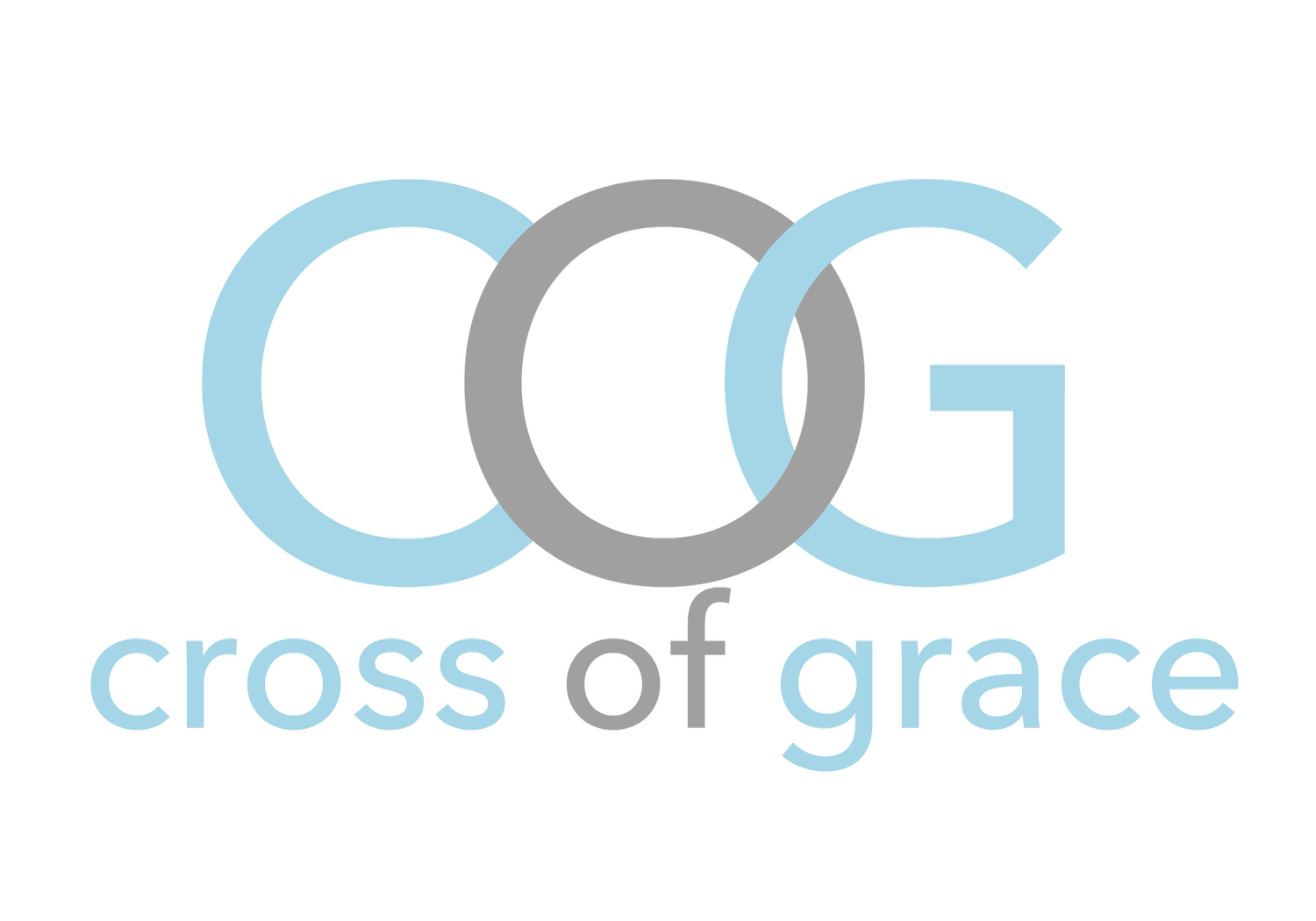Grace, peace, and mercy to you from God our Father, from our Lord and Savior Jesus the Christ, and from the Holy Spirit who unites us in faith. Amen.
If you are playing trivia and you hear the question, “How many of the four Christian gospels include the story of Jesus’ birth?” the only answer you will receive credit for is two: Matthew and Luke. However, that answer is not entirely true. John’s gospel also includes an account of the birth of Christ. In what is referred to as the Prologue of John, we hear:
“In the beginning was the Word, and the Word was with God, and the Word was God. He was in the beginning with God. All things came into being through him, and without him not one thing came into being. What has come into being in him was life, and the life was the light of all people. The light shines in the darkness, and the darkness did not overcome it.”
The Prologue of John is the story of the birth of the Christ – the second person of the Trinity – otherwise known as the Word. The Christ is the divine person who has always been in relationship to God the Father. The Christ is the animating presence of the Creator God. The Christ has always been; but when God created the universe, the Christ became incarnate in creation. The Christ is the Big Bang and Genesis’ creation poem – the beginning of the creation of the billions-year-old universe. This is the first incarnation.
Incarnation literally means “enfleshment,” or the “meat-ing” of God. As long as there has been a physical universe, God has been present in it through the Christ. Every tree, drop of water, dinosaur, blade of grass, oxygen molecule, insect, every cell, and every single person who has ever lived exists and is sustained through the Christ force. Everything and everyone is holy because everything and everyone is an incarnation of God the Christ. This truth is one of the great gifts passed down to us from our Hebrew faith ancestors.
So, what then of Jesus? What makes this one person in human history so significant?
Let me ask a question, have you ever known something but forgotten it? Or not just forgotten it, but forgotten that you ever once knew it? Please tell me this happens to someone besides me. Every day I wander into a room and just stand there for a minute or two trying to figure out the reason why I entered. Similarly, my bookcases are filled with books that I have actually read, but if you picked one randomly and asked me to explain it, I am certain I would not be able to do so. My wife or my parents will start telling a story about something that happened and claim that I was there, but I rarely recall the story exactly the way they tell it. Sometimes I can not remember being part of the story at all. This happens to you too, right?
This phenomenon, on a global scale, is what necessitated the second incarnation – the enfleshment of the Christ in the person of Jesus of Nazareth. Jesus was born to help the first incarnation (i.e., all of creation, including us) remember the truth of our existence – that we, too are vessels of the divine, lovers of truth, and harbingers of grace and love.
Today a rapidly increasing population around the world would agree with the sentiment, “I love Jesus, but I hate the church.” Jesus, it seems, is just as popular, relevant, and attractive as ever. This is because as much as the church has mucked things up through every abysmal and immoral behavior imaginable, the church can never completely extinguish the truth that Jesus revealed.
Jesus was born to remind all people of our divine connection with God, one another, and all of creation. That is a message people want to hear because it confirms what God has put into their hearts and minds from the very beginning. People love Jesus because Jesus reminds us that our lives are good, meaningful, full of potential, and abounding in grace. In Jesus all of creation is reunited with a God it longed for but had grown distant from.
Nothing I can say this evening can fully express what it feels like to be reintroduced and reunited with the God who created you and loves you forever. I do, however, have something to show you that will depict just what God was up to with the second incarnation of the Christ. This is a video of a 53 year-old man with Down syndrome being reunited with his 88 year-old father after spending one week apart from one another.
This is just a glimpse of how much God loves you. This video resonates with people because it speaks to our Christ-likeness. The incarnate God in us witnesses moments of beauty in the world and fills our hearts with love. This interaction between a father and son reminds us of why we celebrate Jesus’ birth, why we are restless when we are distant from God, and why we must go out into the world and live realizing that that kind of love is the gift we absolutely must share with God and with all of God’s creation.
May your Christmas be one of reunification with the source and sustainer of all life, truth, love, justice, and hope. Amen; and Merry Christmas.


